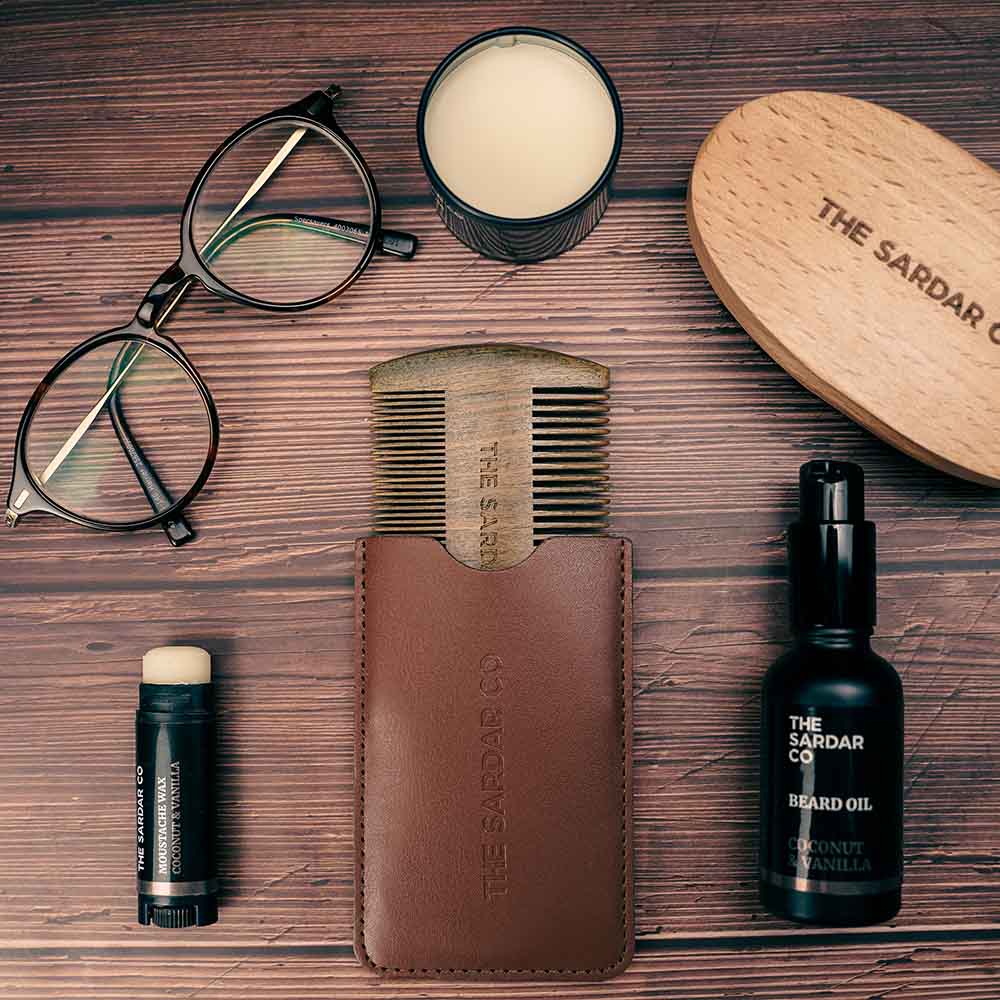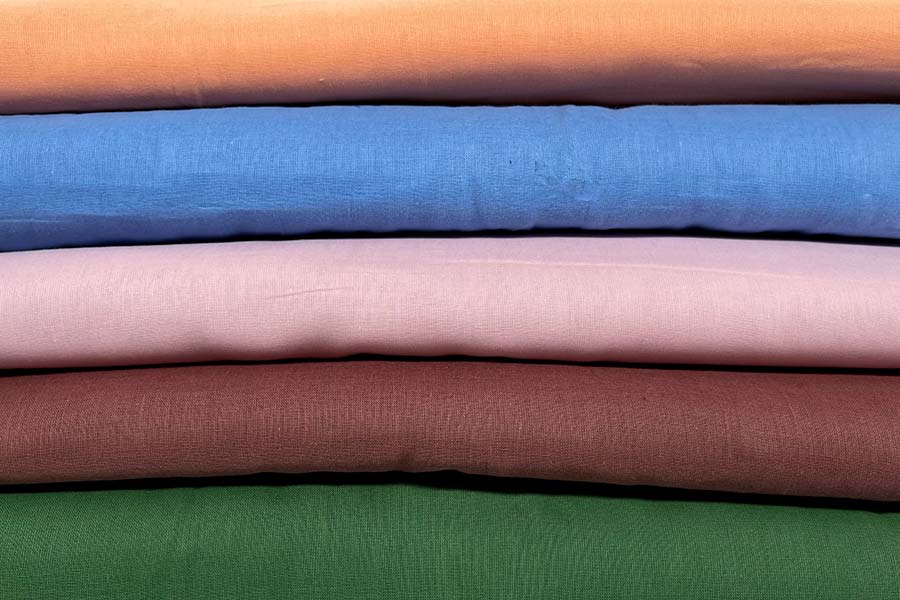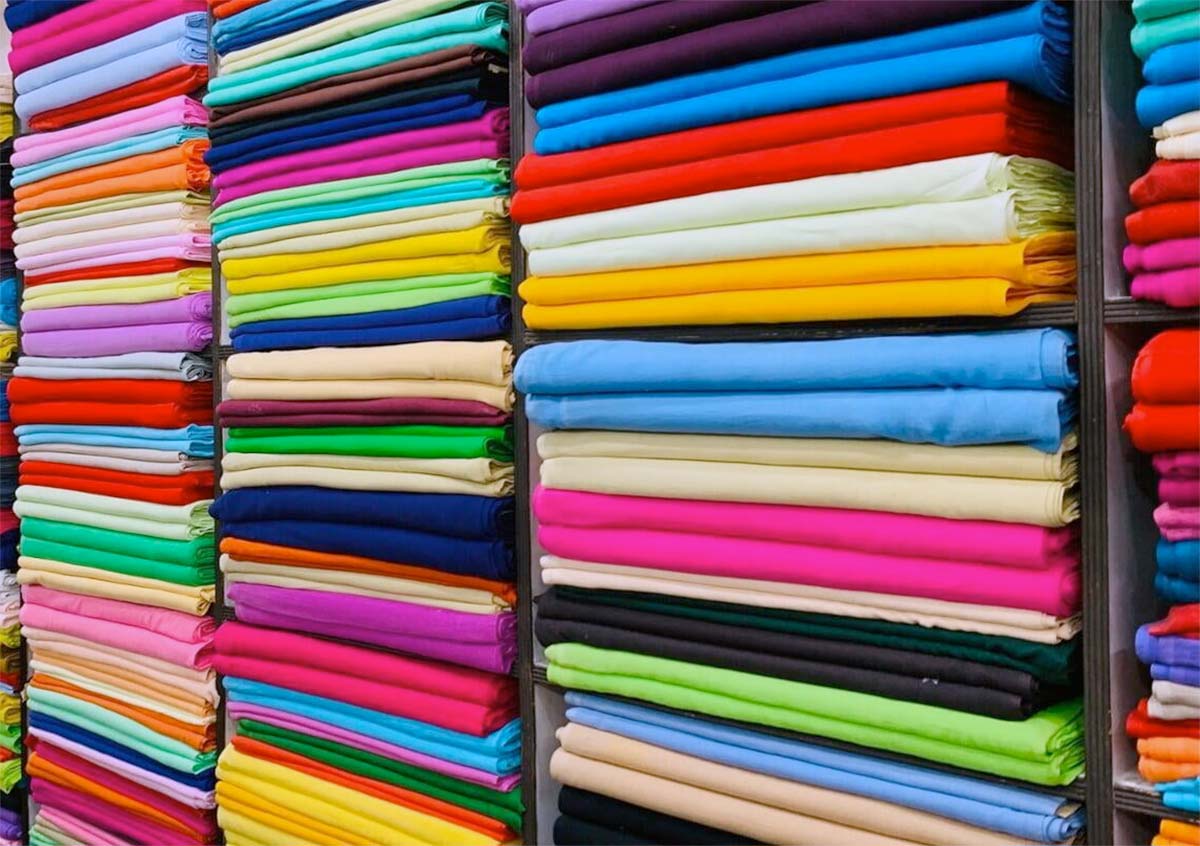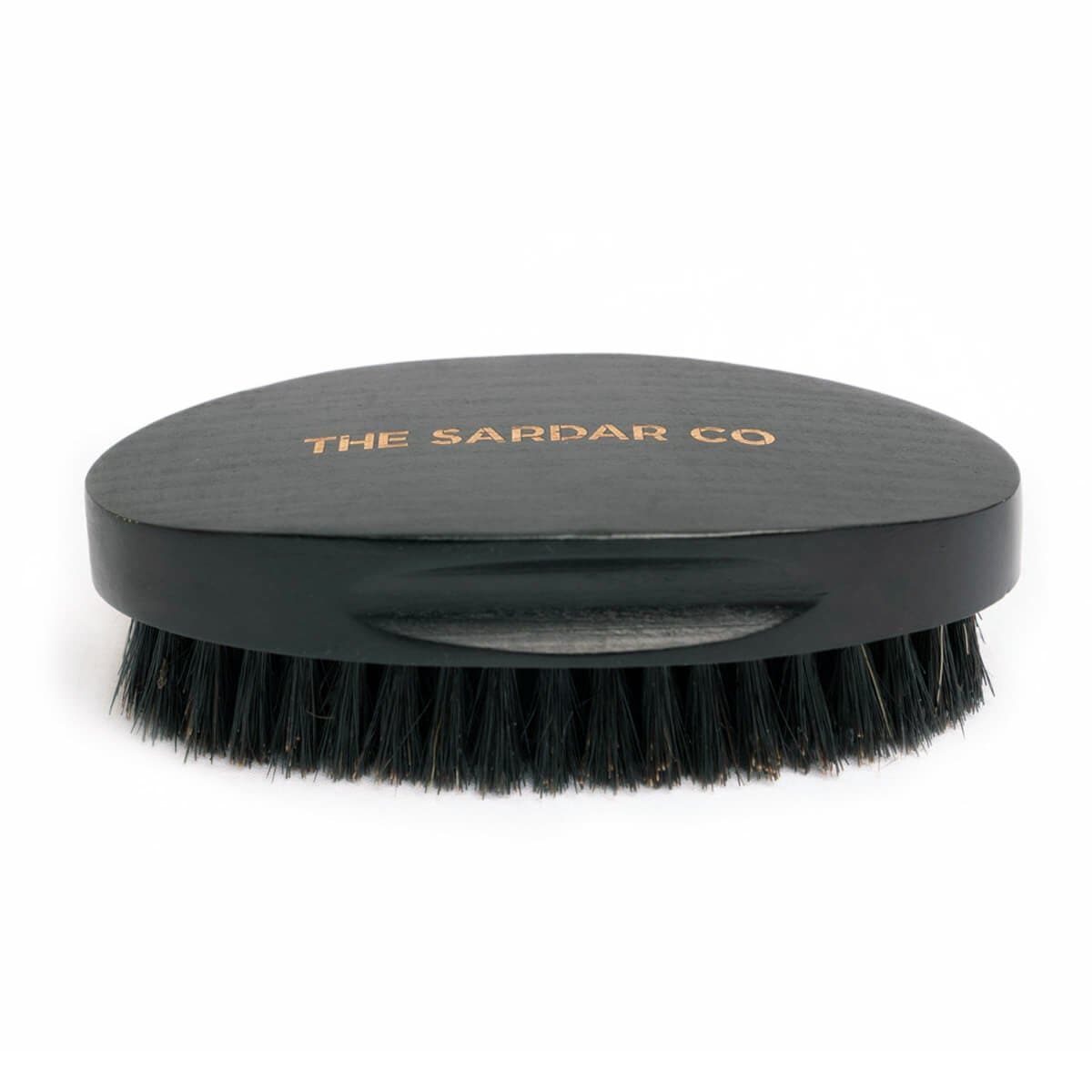When we often look at the Sikh turban, we automatically associate it with identification of religion; that is how you identify a Sikh. Have you ever questioned why an individual is wearing a specific turban colour? Whether there is a deeper association?
The colour of a turban can go far beyond being a simple fashion-outfit coordination, it can provide a deeper significance and meaning towards mentality, spirituality, and living.
Orange and Blue Turbans
Orange and Blue turbans are known as the Sikh Khalsa colours.
The blue represents ‘warrior’ - someone who will protect their faith and protect the good. It also serves as a reminder of the bravery of previous generations and their fight against oppression. Both orange and blue are a representation and reminder of Sikh history and wars in which the colours were worn.
There are many shades within the blue colour spectrum. Here are some of the most popular ones associated with turban colours (from light to dark):
-
Baby Blue
This colour is a delicate and pale shade of blue that is often associated with a sense of calmness, tranquillity, and innocence. It gained popularity during the Renaissance period in Europe when artists started using new pigments derived from minerals and gemstones. In the early 20th century, baby blue began to be associated with newborn babies, hence the name. It became a traditional colour for baby boys' clothing and nursery decorations, as blue was considered a more masculine colour compared to pink. -
German Blue
This shade of blue is named German Blue simply because this is where the chemical process dye for the colour originated from. Blue is a colour that has long been associated with royalty, art, military, business and nature. This particular shade is bright and portrays power and valiance. This is the ideal spring/summer colour, and can be worn both casually and smartly. -
Royal Blue
Royal blue is a deep, vivid blue. It is lighter than navy blue, but darker with a slightly more purple hue than German Blue. The colour royal blue has regal associations, thanks to its historical connection to the British throne. This makes it a popular choice for suits, bridesmaid dresses and formal outfits. This colour is associated with trustworthiness and reliability. It's a versatile colour that can be paired well with darker blues, orange, white or greys. -
Navy Blue
Navy blue was first used after British Royal Navy officers wore uniforms in the colour in 1748. The uniforms proved so popular that the colour was eventually adopted by navies around the world. Our Navy Blue Turbans are so versatile, they can be easily paired up with greens, reds, greys and even purples. Navy Blue is a very popular turban shade - if you don't have this one in your closet, then it's definitely one you need to be adding.
The colour orange on the other hand represents wisdom. Wisdom has been embedded in Sikhi since the first Guru Nanak Dev Ji, who taught all of us that ‘we are all one, we are one with God and God is a part of us’. The colour orange also represents courage and knowledge which are two qualities practiced within Sikhism.
Orange can also symbolise sacrifice and strength, which is why the colour is often paired with blue.
Blue and orange will therefore especially be recognised and worn at religious commemorations and observances as the colours represent a community; creating a sense of togetherness and being one.
Looking for orange or blue turbans? Shop our range of high quality turban materials here
White Turbans

White is bright, simple yet reflective; it symbolises deflecting negativity, being radiant and pure therefore, ‘white turbans are worn to extend the aura and the person’s projection’. Often white is associated with purity of the physical body and consciousness, allowing one to focus on their mind and actions. This allows a Sikh individual to particularly have a clean mind focusing on God as well as their spiritual being.
White Turbans are sometimes worn in Sikh Kirtan events alongside white clothing, this allows higher energy flow as white magnifies the strength of our electromagnetic field, creating a sense of positive and powerful energy amongst people.
Many elderly will also adopt wearing a white turban due to the simple and peaceful aspect.
White turbans are also worn at events in which colourful clothing would be inappropriate for example a funeral.
Black Turbans
Black turbans are quite commonly worn, with the colour being simple and able to be easily paired alongside any outfit. However, black represents the surrender of the ego and demonstrates humility. This is a quality taught within Sikhism, therefore black turbans serve as a reminder to follow this lifestyle.
Pink and Red Turbans

Pink and red turbans are often worn at weddings, it is a traditional attire for the groom, with the colours being considered auspicious for the marriage, showing new beginnings filled with prosperity. However, the colours can go beyond the linkage with marriage representing strength and bravery.
It is not compulsory to wear red/pink and many will choose the turban colour depending on their and the bride’s outfit.
Gold Colour Turbans
Many would associate the colour Gold with weddings however, it has a bigger representation. The colour Gold symbolises a sense of calm and healing that helps with anxiety and clearing the mind. This significance derives from the Golden temple, due to the Harminder Sahib being a place of peace and meditation.
Gold is also another colour that many choose to wear at weddings.
Yellow Turbans
Yellow is a happy colour that symbolises sunshine, happiness, and joy. It brings out one’s identity and who they are, giving the ability for one to learn and gain insight to more knowledge that can help them on their life journey.
Yellow can also be associated with freedom and liberation.
Despite there being a range of turban colours and the majority being worn in coordination to clothing, we must learn and teach others on the significance of some important colours and how they play a big part in life values.
They can be an important reminder of the way to live life but also an important reminder of Sikh history.
Bibliography
[Anon, (n.d.). Wisdom of Guru Nanak – Global Sikh Council. [online] Available at: https://globalsikhcouncil.org/wisdom-of-guru-nanak/ [Accessed 11 May 2021].
Boone, M., 2021. The Orange Turban And Their Importance. [online] The Orange Turban And Their Importance. Available at: <https://mangalindak-artsandentertainment.blogspot.com/2013/06/the-orange-turban-and-their-importance.html> [Accessed 9 June 2021].
Bhatti, P., 2021. Significance of Color in Sikh Turbans. [online] D'Source. Available at: <http://www.dsource.in/resource/sikh-turbans/significance-color-sikh-turbans> [Accessed 9 June 2021].
Ji, S., 2021. Wearing White. [online] Sikh Dharma International. Available at: <https://www.sikhdharma.org/wearing-white/> [Accessed 9 June 2021].

















If you wish to see the costumes in full and varied splendour go and follow a Vaisakhi parade.Have just returned from the one in Coventry .
Every year there is a Vaisakhi festival, people wearing colorful turbans signifying ? the meaning of it. In short can you explain some of the significands of it. I like to do some writing about it. George. P.S. Expecting thousands from different places. etc
Leave a comment